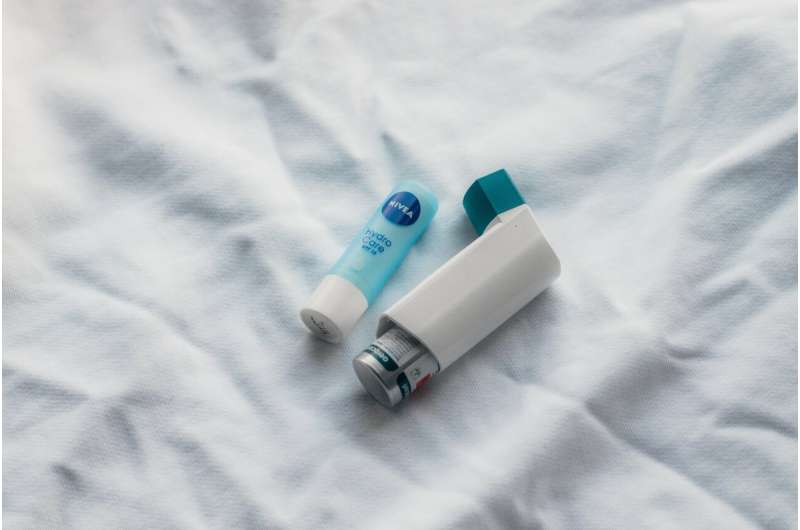New Study Reveals Three Inflammatory Pathways Responsible for Asthma Attacks in Children

A groundbreaking study uncovers three inflammatory pathways behind asthma attacks in children, pointing to the need for personalized treatments to combat persistent flare-ups.
A recent comprehensive clinical study has uncovered critical insights into the inflammatory mechanisms that drive asthma exacerbations in children, even when they are receiving treatment. Published in JAMA Pediatrics, the research highlights three distinct inflammatory pathways contributing to asthma attacks, emphasizing the complexity of managing pediatric asthma.
The study focused on children with eosinophilic asthma, a form characterized by high eosinophil levels—a type of white blood cell involved in immune responses. While treatments targeting type 2 (T2) inflammation aim to control eosinophil activity and reduce flare-ups, some children continue to suffer from exacerbations, revealing additional inflammatory processes at play.
Using RNA sequencing of nasal samples collected during episodes of acute respiratory illness, researchers analyzed data from children living in urban, low-income areas across nine U.S. cities. The participants were part of a trial comparing the effects of mepolizumab, a biologic therapy targeting T2 inflammation, against a placebo over a year.
Despite the effectiveness of mepolizumab in reducing eosinophil-related inflammation, the study found that asthma flare-ups still occurred. Notably, three inflammatory pathways were implicated: first, epithelial inflammatory pathways increased in children on the medication regardless of viral infection; second, macrophage-driven inflammation was linked specifically to viral respiratory illnesses; and third, mechanisms involving mucus hypersecretion and cellular stress responded during flare-ups in both treatment and placebo groups.
Researchers observed that children still experiencing exacerbations on therapy showed less of the allergic inflammation typically associated with eosinophils, but explained that residual epithelial pathways might be fueling some of the inflammatory responses. This discovery underscores that asthma exacerbations are driven by multiple inflammatory responses, which vary depending on the presence of viruses and treatments.
The findings highlight the need for more personalized treatment approaches. Different inflammatory responses may require targeted therapies, especially considering the disproportionate impact of asthma on children in urban communities. Improving understanding of these pathways could lead to the development of new combination therapies, ultimately enhancing quality of life for children with asthma.
This research emphasizes the importance of ongoing investigation into pediatric asthma's underlying mechanisms and suggests that managing this condition requires addressing multiple inflammatory pathways beyond just T2 inflammation.
Source: MedicalXpress
Stay Updated with Mia's Feed
Get the latest health & wellness insights delivered straight to your inbox.
Related Articles
Innovative Network Launched to Enhance Postpartum Contraception Care in Australia
A new multidisciplinary network has been established by Monash University to improve postpartum contraception care in Australia, aiming to reduce unintended pregnancies and support healthy birth spacing.
The Future of Disease Prevention: Building Universal Vaccines for Global Immunity
Scientists are making strides toward developing universal vaccines that offer broad protection against multiple virus strains, promising to revolutionize global disease prevention and reduce healthcare burdens.
Innovative AI and Extended Reality System Enhances Surgical Training for Residents
Mount Sinai researchers have created an AI-powered system using extended reality headsets to teach complex surgical procedures without instructors, demonstrating high success rates and potential to transform surgical education.
Winter Respiratory Viruses 2025: Tracking COVID, Flu, and RSV and How to Stay Protected
Stay informed on the latest trends in COVID-19, flu, and RSV cases this winter and learn essential protective strategies to stay safe and healthy during the season.



